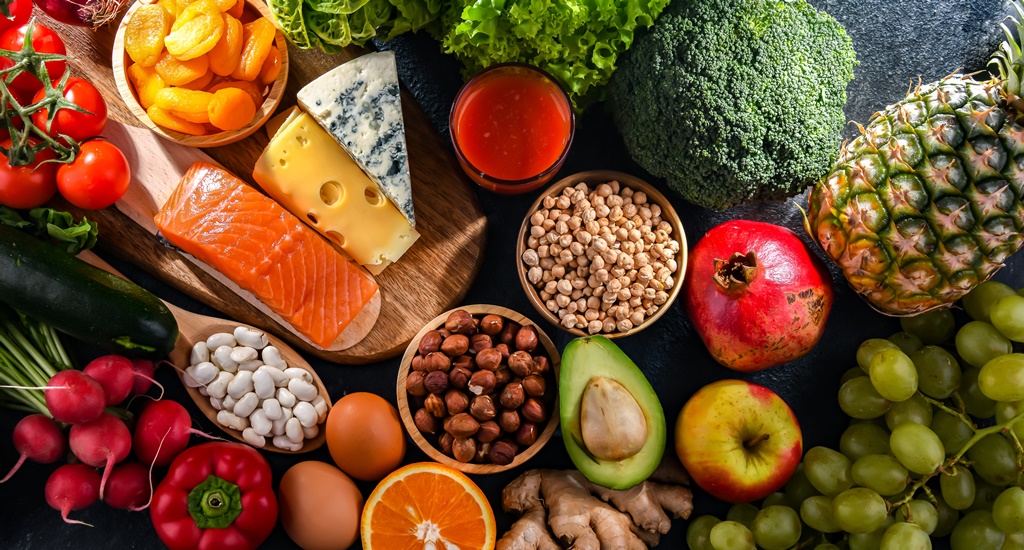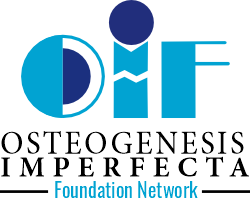
Eating a Balanced Diet for Healthy Living in OI!
This write-up covers healthy eating suggestions for the general population including people with brittle bone condition (OI). People with special dietary needs or medical conditions should ask their doctor or a registered dietician for further advice. This article is written for educational/informational purposes and should not be substituted for medical advice. Kindly consult your doctor or nutritionist before trying any of the tips suggested or discussed.
![Osteogenesis Imperfecta Foundation Network [OIFN]](https://oifn.org/wp-content/uploads/2024/07/logo_oif.png)


